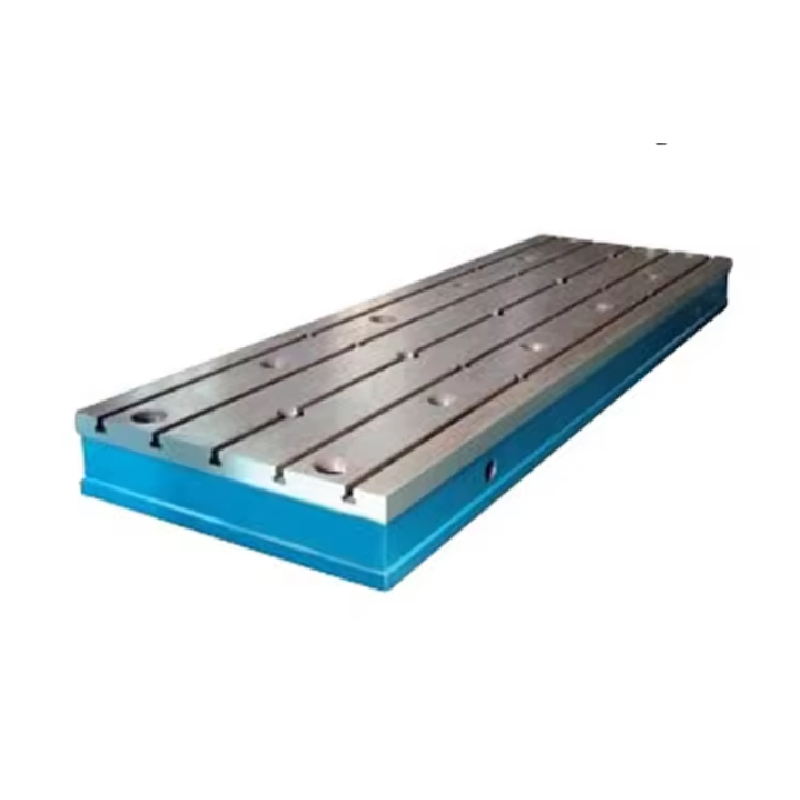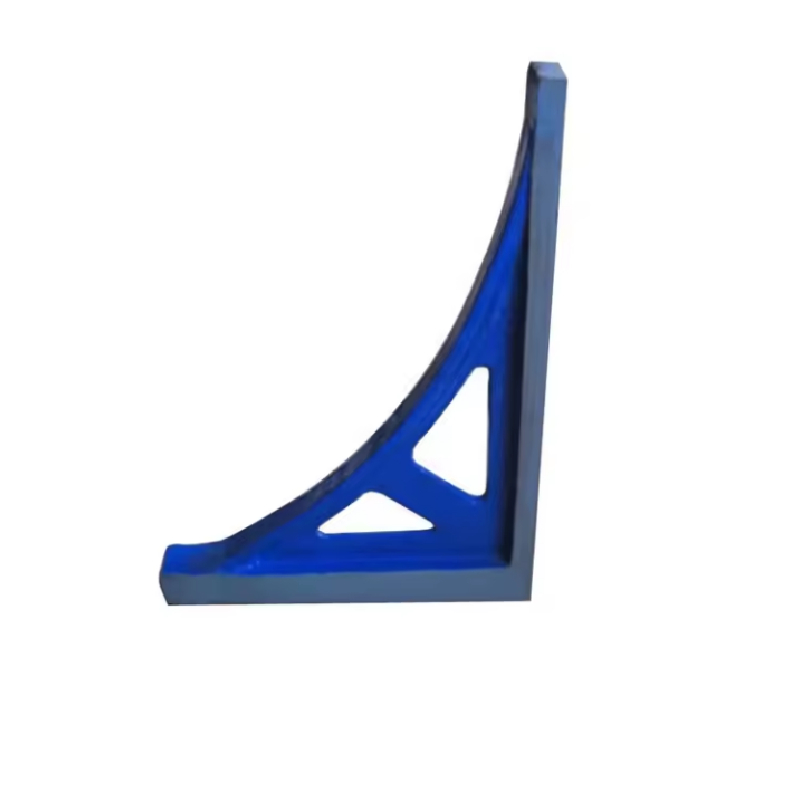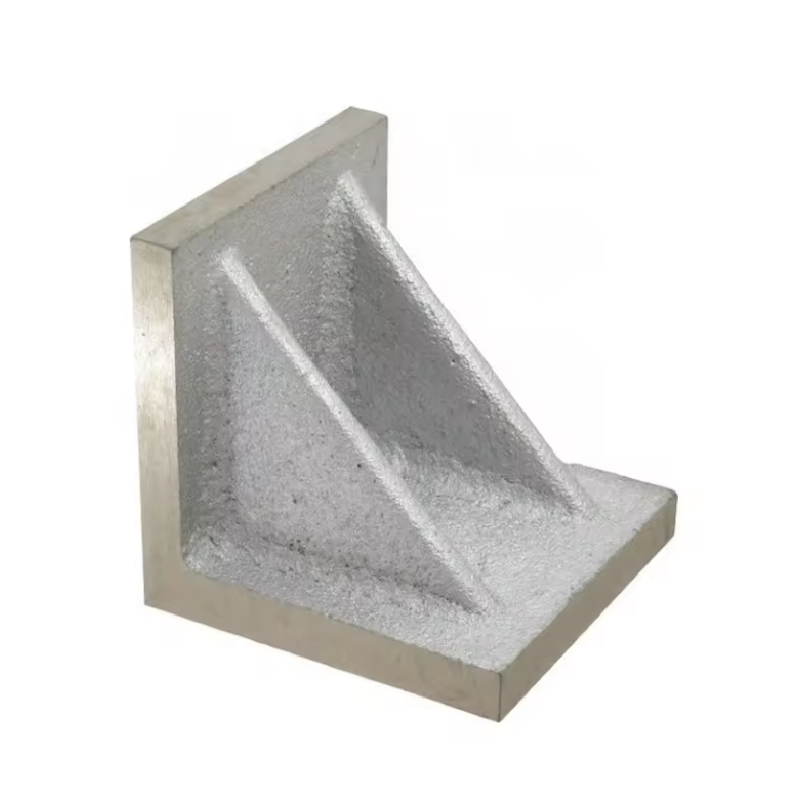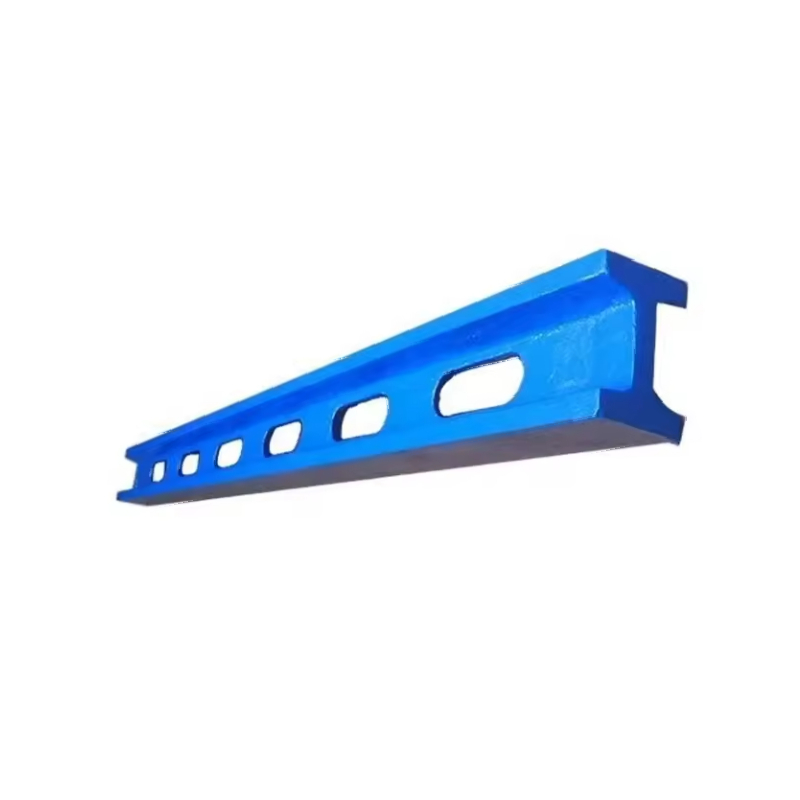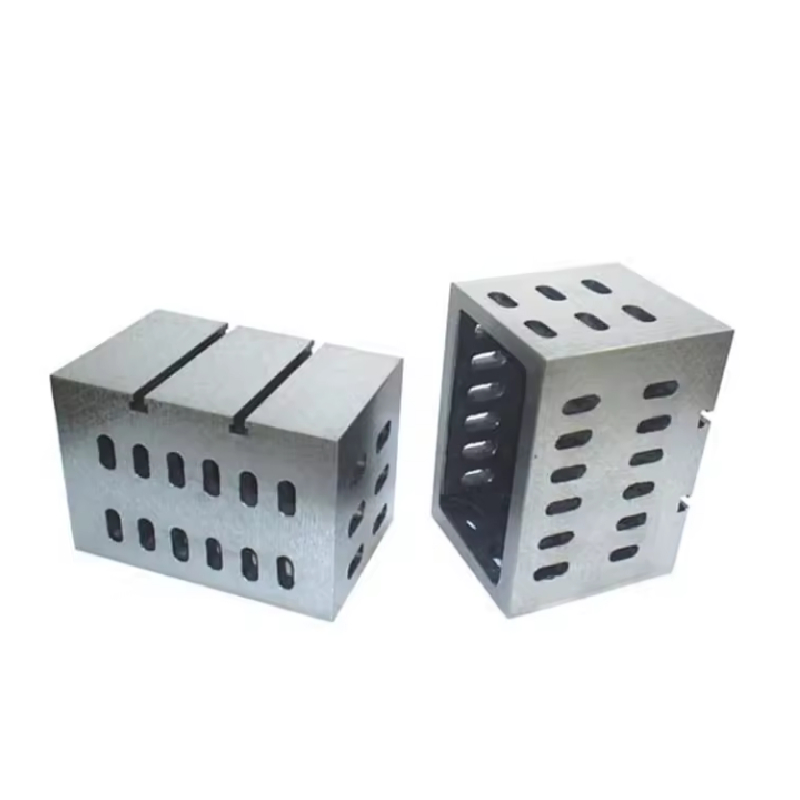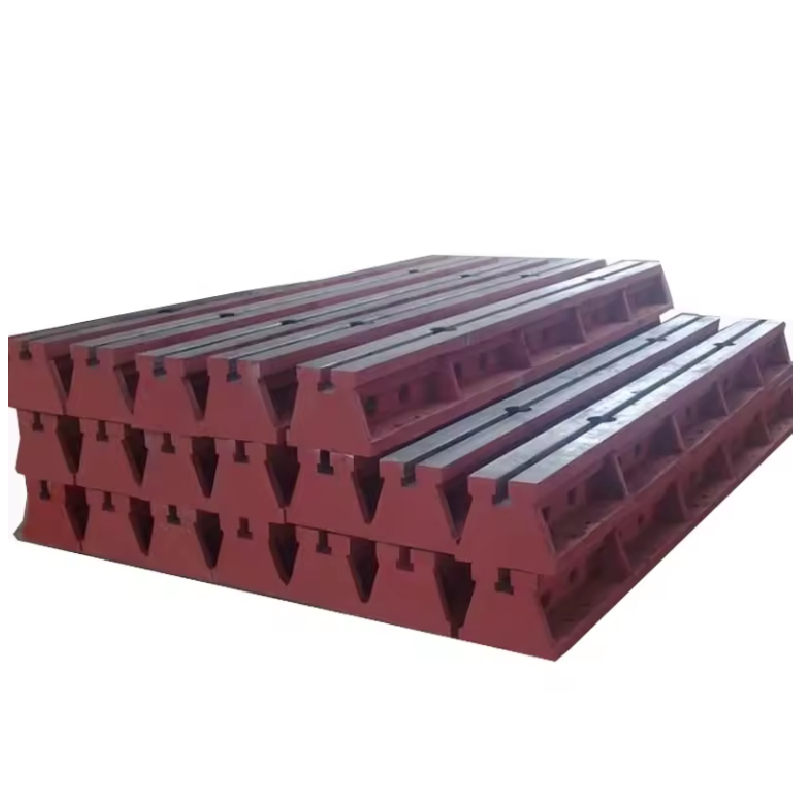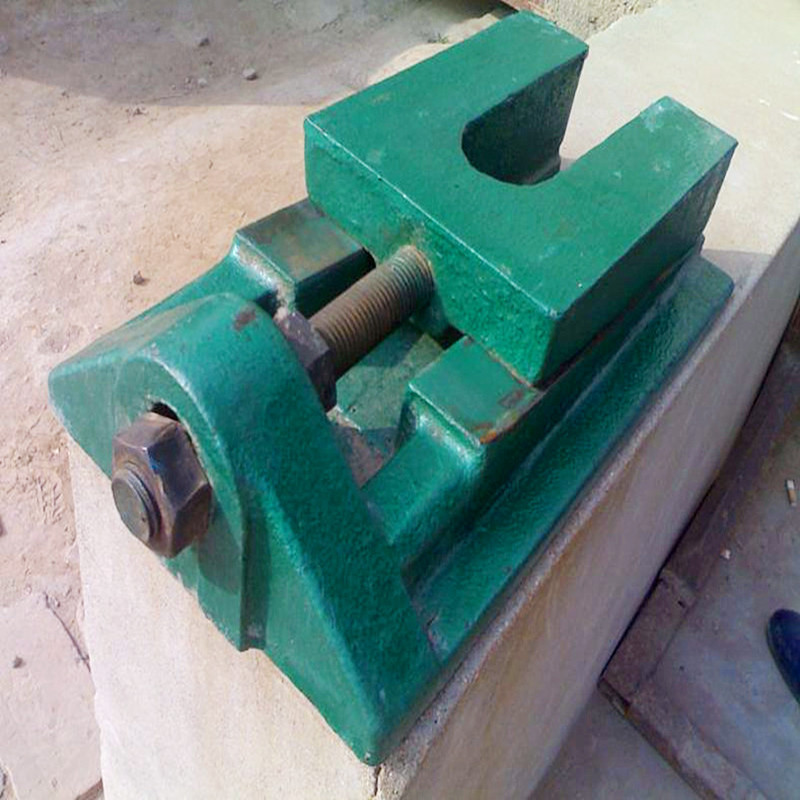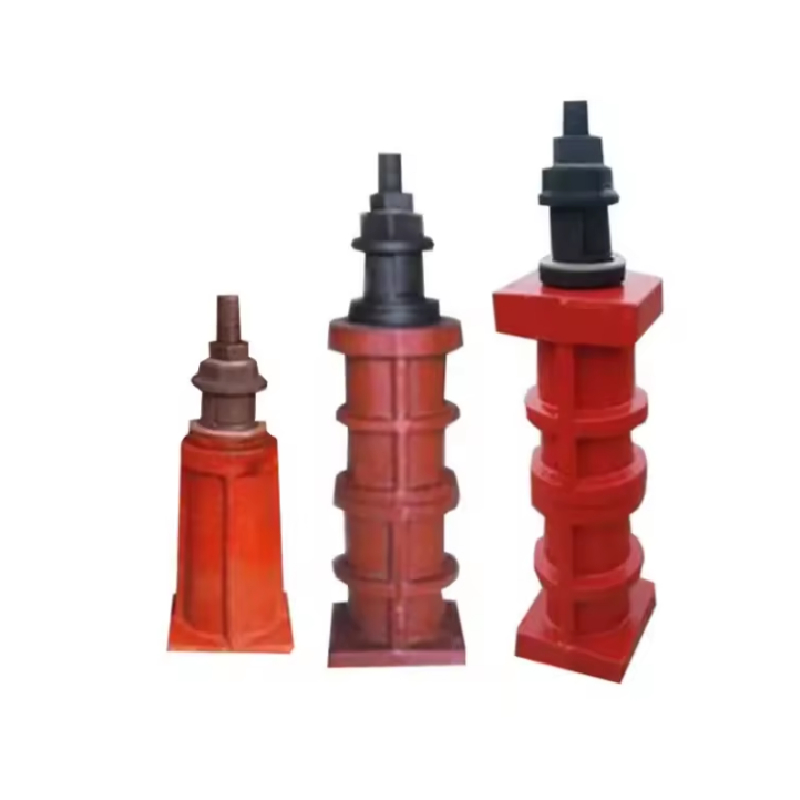Aug . 11, 2024 14:46 Back to list
Exploring the Functionality and Applications of Flow Control Valves in Industrial Systems
Understanding Flow Control Valves A Comprehensive Overview
Flow control valves are essential components in various fluid systems, designed specifically to regulate the flow rate of liquids and gases. They play a crucial role in a wide range of applications, from industrial processes to residential plumbing. Understanding how these valves work, their types, and their significance can help users make informed decisions for their specific needs.
At its core, a flow control valve functions by restricting or allowing the flow of fluid through a system. This regulation is essential for maintaining optimal operating conditions, enhancing efficiency, and ensuring safety. Flow control valves enable operators to adjust the flow to precise levels, which is crucial in processes where the fluid's velocity and volume need to be meticulously managed.
Types of Flow Control Valves
There are several types of flow control valves, each designed for specific applications. The most common include
1. Globe Valves Known for their good throttling capabilities, globe valves are often used in applications where precise flow control is essential. They consist of a spherical body that allows for a smooth flow path, making it easier to adjust the flow rate.
2. Ball Valves These valves use a spherical ball with a hole in the center to control flow. Ball valves are known for their durability and ability to seal tightly, making them ideal for on/off applications where flow needs to be quickly stopped or started.
3. Butterfly Valves These valves use a rotating disc to regulate flow. They are lightweight, compact, and suitable for large pipe diameters, making them commonly used in water supply and wastewater treatment plants.
flow control valve
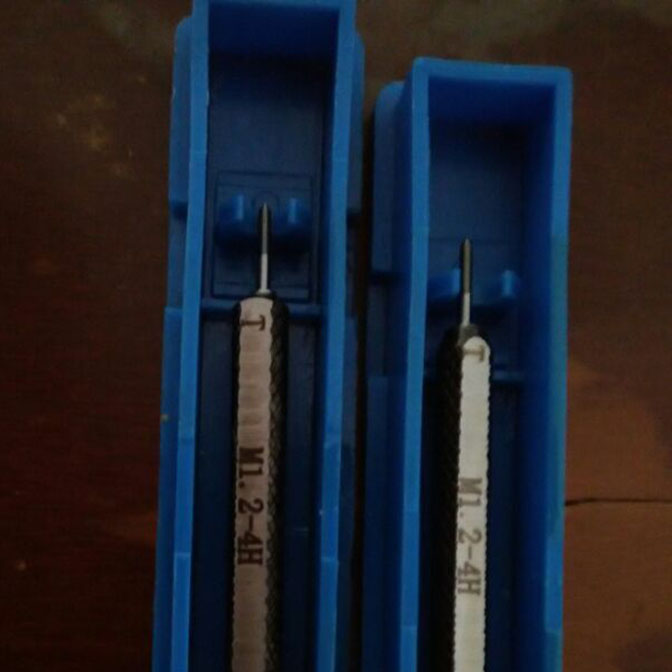
4. Pressure Reducing Valves (PRV) PRVs are designed to reduce the high inlet pressure to a lower outlet pressure. They help maintain stable and manageable pressure levels in systems, protecting downstream equipment from damage.
5. Flow Control Needle Valves These valves provide precise flow regulation in small diameter piping systems. They feature a tapered point and a narrow seat, allowing for minute adjustments in flow.
Importance of Flow Control Valves
The significance of flow control valves can be attributed to their impact on system efficiency, safety, and performance. In industrial applications, for instance, precise flow control can improve process quality and reduce waste. In HVAC systems, these valves help maintain desired temperature and humidity levels, enhancing comfort and energy efficiency.
Moreover, flow control valves contribute to safety by preventing overpressure conditions, which can lead to equipment failure or hazardous situations. By regulating fluid flow, they help maintain the integrity of piping systems and protect downstream components.
Conclusion
In summary, flow control valves are vital components in fluid management systems across various industries. Understanding the different types of flow control valves and their applications is crucial for anyone involved in fluid system design, maintenance, or operation. By selecting the right type of valve, users can achieve optimal performance, enhance safety, and improve overall system efficiency. As technology advances, we can expect further innovations in flow control mechanisms, making them even more effective in meeting the demands of modern applications.
-
Welding Methods Used in Metal Table FabricationNewsJul.03,2025
-
Sustainable Materials in Silence Check Valve ManufacturingNewsJul.03,2025
-
Installation Guide for Cast Iron Y StrainersNewsJul.03,2025
-
How to Carve a Block of GraniteNewsJul.03,2025
-
Creating Customized Measurement PlatformsNewsJul.03,2025
-
Benefits of Using Granite Surface Plates in MachiningNewsJul.03,2025
Related PRODUCTS


